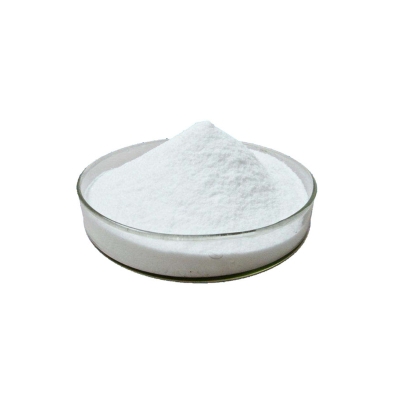-
Categories
-
Pharmaceutical Intermediates
-
Active Pharmaceutical Ingredients
-
Food Additives
- Industrial Coatings
- Agrochemicals
- Dyes and Pigments
- Surfactant
- Flavors and Fragrances
- Chemical Reagents
- Catalyst and Auxiliary
- Natural Products
- Inorganic Chemistry
-
Organic Chemistry
-
Biochemical Engineering
- Analytical Chemistry
-
Cosmetic Ingredient
- Water Treatment Chemical
-
Pharmaceutical Intermediates
Promotion
ECHEMI Mall
Wholesale
Weekly Price
Exhibition
News
-
Trade Service
Pyridoxine hydrochloride, also known as vitamin B6, is an essential nutrient that plays a crucial role in many metabolic processes in the body.
It is used in several applications in the chemical industry, including the production of pharmaceuticals, cosmetics, and food additives.
In this article, we will explore the upstream and downstream products of pyridoxine hydrochloride and their significance in the chemical industry.
Upstream Products
The upstream products of pyridoxine hydrochloride are the raw materials required for its production.
The primary raw material for the production of pyridoxine hydrochloride is vitamin B6, which is extracted from various natural sources such as corn, soybeans, and other vegetables.
Other raw materials used in the production of pyridoxine hydrochloride include hydrochloric acid, which is used to convert vitamin B6 into its hydrochloride form, and sodium chloride, which is used as a catalyst in the reaction.
Downstream Products
The downstream products of pyridoxine hydrochloride are the finished products that are derived from it.
Pyridoxine hydrochloride is used in the production of several downstream products, including pharmaceuticals, cosmetics, and food additives.
Pharmaceuticals: Pyridoxine hydrochloride is used in the production of several pharmaceutical products, such as antiepileptic drugs and anti-inflammatory drugs.
It is also used as a vitamin supplement to prevent deficiency diseases.
Cosmetics: Pyridoxine hydrochloride is used in the production of cosmetics, such as skin creams and lotions, to improve skin health and reduce the appearance of fine lines and wrinkles.
Food Additives: Pyridoxine hydrochloride is used as a food additive to enhance the nutritional value of food products.
It is often added to breakfast cereals, snack foods, and energy drinks.
In conclusion, pyridoxine hydrochloride is an essential ingredient in the chemical industry, with both upstream and downstream products that are used in various applications.
The upstream products include the raw materials required for its production, while the downstream products include the finished products that are derived from it.
The production of pyridoxine hydrochloride involves several chemical reactions, and the selection of appropriate raw materials and reaction conditions is critical to ensure product quality and efficiency.
The use of pyridoxine hydrochloride in pharmaceuticals, cosmetics, and food additives reflects its widespread application in various industries and its significance as a vital nutrient in the human body.







